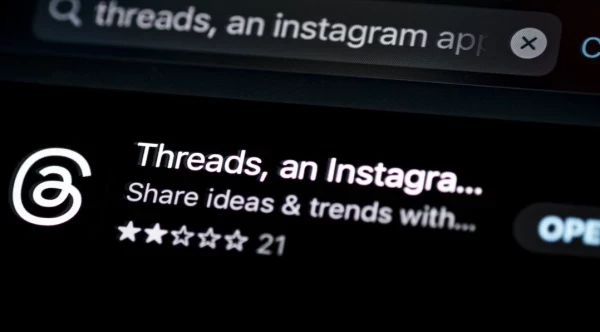Custom Technology Development Drives BPO Contact Center Growth
Add bookmarkIn a 2011 BPO survey conducted by RiverStar the objective was to gain insight from executives in Strategy and Leadership, Business Development and Client Management, Operations and Technology roles about the current status of the BPO market.
Of the contact centers surveyed, small, medium and large BPOs were well-represented. The survey was distributed to executives of companies – titles include CEO, CIO, COO, VP of operations, etc. – with 58 valid survey respondents.
Questions centered on the competitive marketplace, operations and management of campaigns and the technology used to support customer interactions.
Key findings reveal the following:
- The Contact Center BPO Market is staged for growth: Poor economic conditions over the 2009 to 2010 period have pushed buyers to cut costs. As a result, these buyers have turned to outsourcing contact center services from third-party firms and will therefore propel BPO into steady growth over the next two years. Overall, respondents predicted growth and client gains; 61.4 percent plan to add 1-10 clients in the coming year.
- Custom development is No. 1: 91.2 percent of contact center BPOs surveyed develop in-house applications to support customer interactions.
- Delivering customer experience is tough: 59.5 percent cited "delivering a consistent customer experience" as their biggest challenge.
- Social CRM is in infancy stage: The leading technologies used to support customer interactions are custom applications. Only around 1/4 of BPOs have implemented social media monitoring or community platforms.
- Flexibility attracts customers: The top value proposition cited by respondents to draw in customers is "Flexible Product and Service Offerings."
- Top metrics: 86 percent of companies surveyed rely on Average Handle Time (AHT) as a measurement of performance in managing client campaigns. Second to AHT is First Contact Resolution (FCR). 71 percent of respondents named FCR as a key metric.
- Slow to begin new campaigns: 52.6 percent of companies surveyed take longer than four weeks for a campaign to go live for a client.
In the Future:
As one of the biggest challenges cited, delivering a consistent customer experience ought to be leveraged by new customer experience initiatives undertaken by BPOs. RiverStar’s survey reports studies over the last few years have shown delivering great customer experiences ultimately leads to more profit and revenue.
BPOs ought to also begin to tap into social technologies for CRM. The survey reports that the use of social technologies is likely to increase as BPO buyers are looking for companies that have the ability to monitor the social happenings of their customers and develop more community based self-help platforms. Currently, as mentioned before, only around 1/4 of companies have implemented social CRM.
The survey has found less than 20 percent of outsource companies surveyed are able to launch campaigns in under two weeks; the majority of outsourcers – nearly 53 percent – take over four weeks to get a new campaign up and running. The period of implementation to get clients into a production state includes four steps:
1) Developing scripts and processes
2) Integration with client systems
3) Developing new applications
4) Training agents to handle calls from customers
From these findings, initiatives ought to be carefully developed and designed to streamline the implementation process and get campaigns rolling more quickly.
In the upcoming years, the BPO environment will become extremely competitive. Though most respondents are optimistic about gains, innovation in aforementioned areas will be required to meet buyers’ expectations.





















